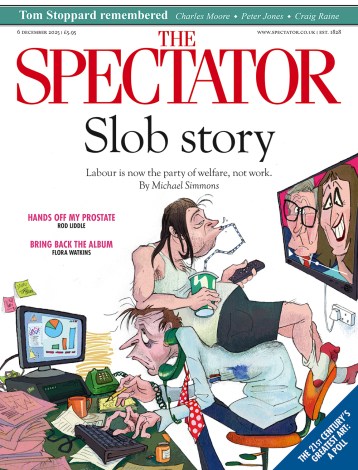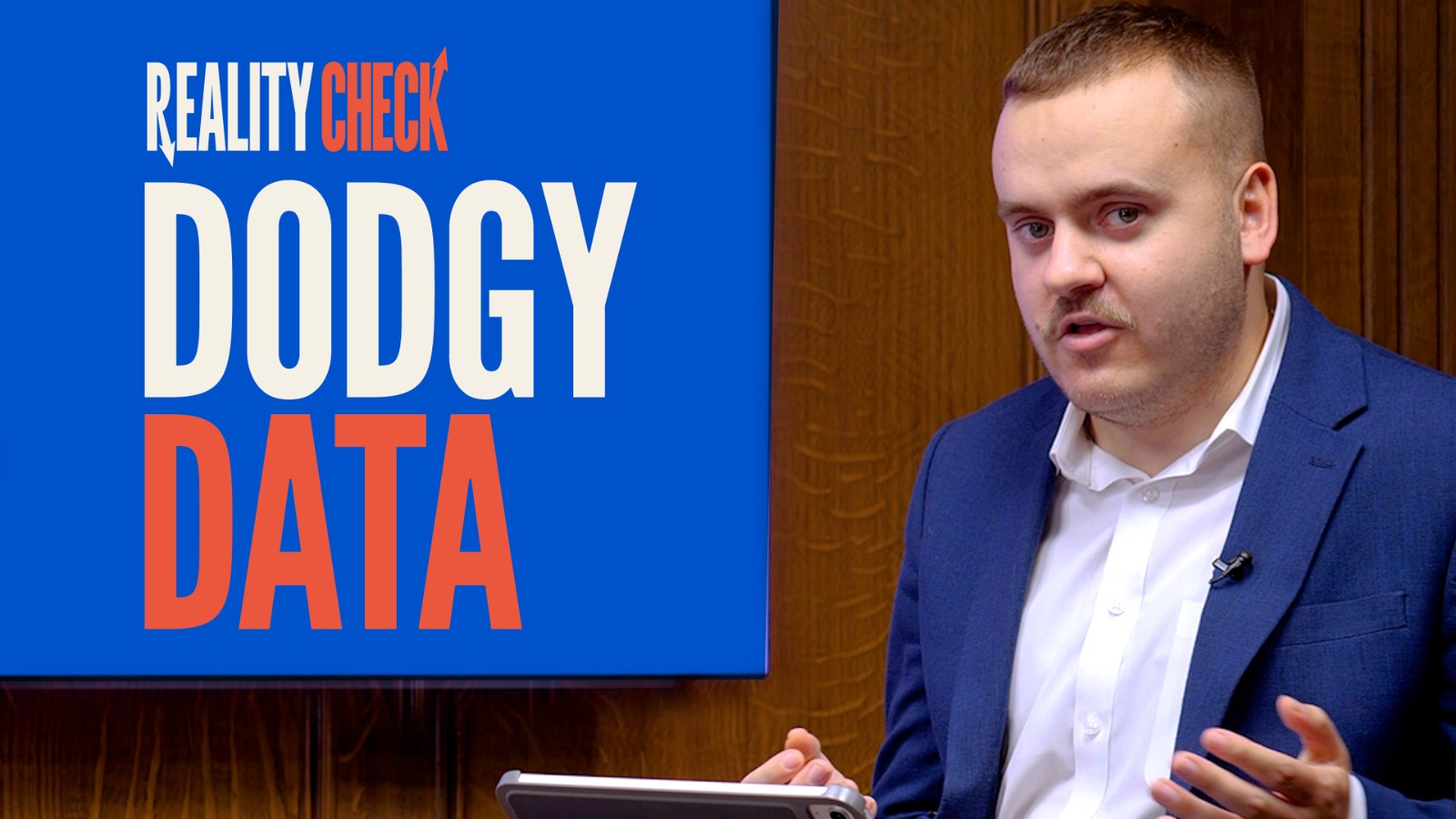There were cheers in the Treasury in September when statisticians found an unexpected £2 billion ‘down the back of the sofa.’ The tax man had underreported VAT receipts to the Office for National Statistics (ONS) and it meant Britain’s borrowing figures for the current year had been overestimated. A lucky discovery for HMT but an indictment of Britain’s statistical systems.
At the ONS headquarters in Newport, morale is collapsing. The agency, long criticised for data blunders, has become a symbol of a deeper crisis: Britain’s economic numbers can no longer be trusted.
Across government, the data infrastructure that underpins policymaking is crumbling. Surveys have shrunk, sample sizes have collapsed, and official datasets are being stripped of their official statistics status at a rate of knots. As I reported in the magazine, even the Bank of England is now having to reply more and more on its on data sources as it feels unable to trust the ONS.
Now ministers are considering whether a move of the agency back to London, from Wales, could be part of the solution.
This problem is not going away. So, in the latest episode of Reality Check, I take a look at some of the worst examples of data mishaps over the last few years – and what it means for us all. Watch below.








Comments